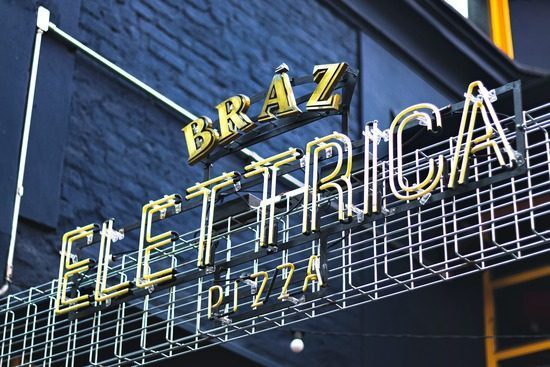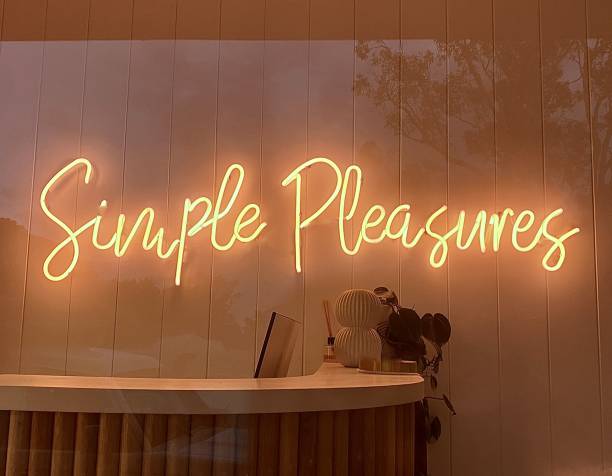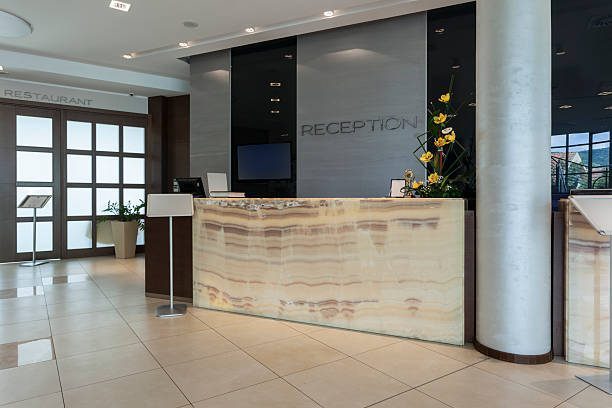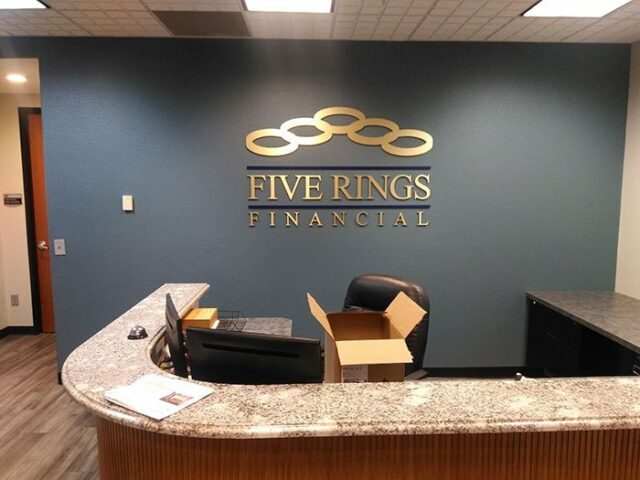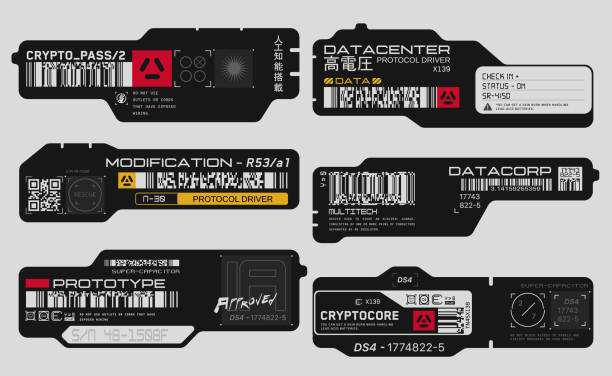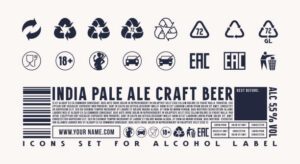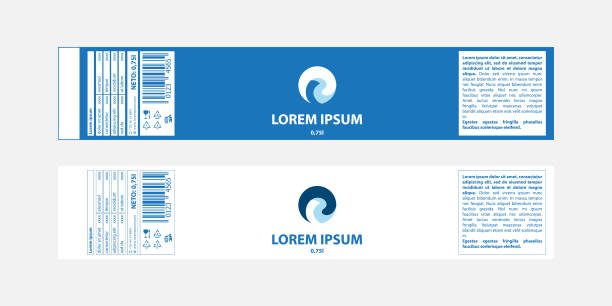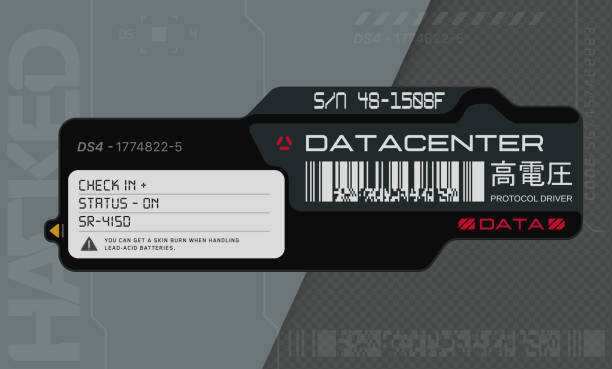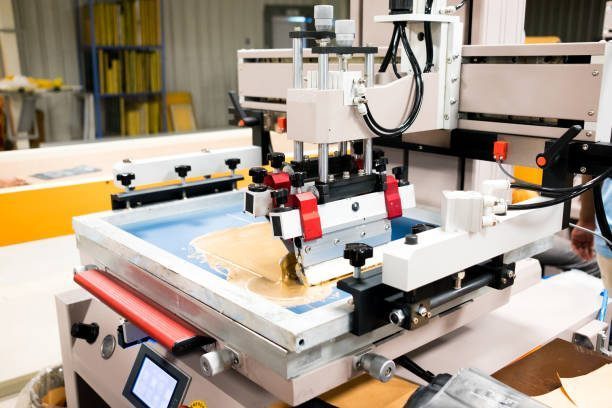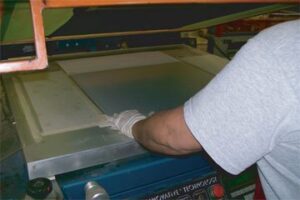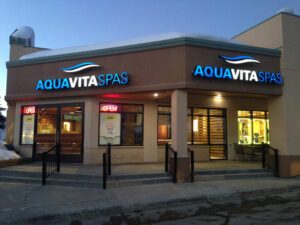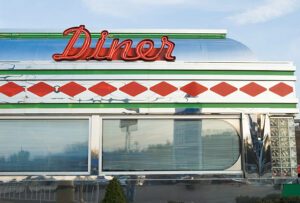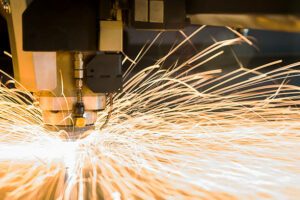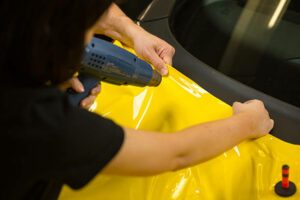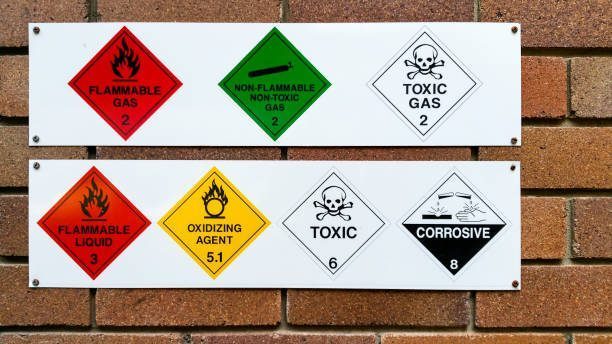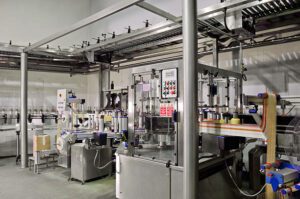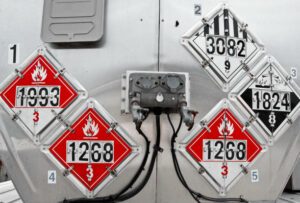Screen printing is a valuable advertising tool for many types of businesses. From T-shirts to large or small format signage, screen printing is a cost-effective alternative to some of the more costly forms of printing. Despite its many benefits, there are screen printing concerns you should be aware of before sending your design to the press. Read on to discover some of the common screen printing problems, how to avoid them, and where you can find screen printing services in Denver.
What Is Screen Printing?
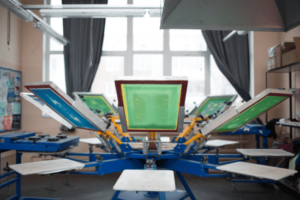 A common technique used in printing, screen printing transfers a stenciled design onto a flat surface by using a mesh screen, ink, and squeegee. Screen printing is widely popular because the screen printing process can be used to print on many types of surfaces like paper, fabric, metal, plastic, glass, and even wood.
A common technique used in printing, screen printing transfers a stenciled design onto a flat surface by using a mesh screen, ink, and squeegee. Screen printing is widely popular because the screen printing process can be used to print on many types of surfaces like paper, fabric, metal, plastic, glass, and even wood.
Screen printing is versatile because it utilizes many different colors and intense coloring, even on dark fabrics. The designs can also be quickly reproduced many times, so screen printing is perfect for creating items in bulk, like garments and accessories.
The screen printing process includes several steps. Also known as silkscreen, serigraphy, and serigraph printing, screen printing is often called a stencil method of printmaking. A design is imposed on fine mesh, and the blank areas are coated with an impermeable substance. Then, ink is forced into the mesh openings by a squeegee and onto the printing surface during the squeegee stroke. While this sounds rather complicated, the screen printing process is a cost-effective and efficient choice for advertising solutions.
Despite its popularity, it is important to find an experienced screen printer as there are a variety of issues that can arise in the screen printing process. Some of these issues include dye migration and off-contact printing, which can be easily avoided with the use of a skilled screen printing service.
Screen Printing Problems and their Solutions
There is a laundry list of potential screen printing problems. While we certainly can’t solve every problem in this article, we have outlined some of the most common screen printing issues below and included suggested solutions for each. Read on to learn more.
 Off-contact – Sometimes, it is hard to maintain color density, and prints look blurry or disproportionate if too much or not enough ink flows through the screen during the printing process. In order to maintain a crisp image, you can adjust off-contact distances.
Off-contact – Sometimes, it is hard to maintain color density, and prints look blurry or disproportionate if too much or not enough ink flows through the screen during the printing process. In order to maintain a crisp image, you can adjust off-contact distances.- Frosting / fibrillation – Heavy-weight fabrics and softer fabrics can be susceptible to a problem called frosting and fibrillation. When an image uses transparent ink on brightly-hued or light-colored shirts and the ink is washed, some of the unprinted fibers on the fabric break, causing the image on the fabric to become dull or “frost.” To solve frosting, avoid using substrates that are at a high risk of fibrillation.
- Screen tension – If the tension on the screen is below 20N/(inch)2, the screen might ripple. When screen tension is not optimized, the resulting image can be smeared, blurred, or shifted. To avoid screen tension problems, make sure the screen snaps off the substrate completely each time the squeegee passes over the mesh.
- Dye migration – If you are printing on polyester or blended shirts, you may experience dye migration when the dye in the synthetic fabric heats up enough to become a gas. When this happens, the ink “migrates” up from the shirt through the ink. To solve this screen printing problem, utilize a low-cure ink that dries at around 280 degrees. Because dye migration usually occurs at about 300 degrees, using a low-cure ink will help solve the problem.
Other Printing Techniques
In addition to screen printing, other printing techniques would also benefit from digital printing. Digital printing is a more modern process where ink is applied directly to the print material by a laser or inkjet printer. Digital printing can be an excellent choice for large-format prints like banners, posters and retail graphics.
Choose an Experienced Business like Artcraft Sign Company To Avoid Screen Printing Pitfalls
If you are looking to incorporate screen printing into your advertising budget, consider a Denver screen printing company like Artcraft Sign Company. With over 140 years of experience in the Denver area, we are dedicated to providing the best service possible for your company’s needs. Reach out today for a free quote from one of our screen printing experts. We can’t wait to hear from you!

